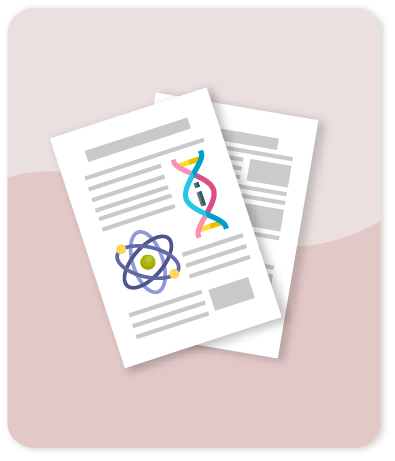Atrial Rotor Modulation by Localized Dofetilide Application: An in Silico Study

Compartir este ítem
Autor
Perez-Buitrago S.
Ugarte J.P.
Tobon C.
Citación
Metadatos
Mostrar el registro completo del ítemResumen
The rotor ablation has gained favor in recent years to treat chronic atrial fibrillation (CAF). However, it may cause complications in patients and the results remain suboptimal. Besides, antiarrhythmic drugs for the management of AF are not sufficiently effective and can cause significant cardiac and extracardiac side effects. To reduce the risk and increase the effectiveness, a rotor modulation via the localized release of dofetilide is proposed through an in silico study. A computational model of two-dimensional atrial tissue was implemented using human cell model under CAF conditions. Dofetilide was modeled blocking the ionic currents IKr and IKACH using Hill's equation. A CAF episode, sustained by a rotor, was simulated. Different concentrations of dofetilide were applied in specific distributions based on the rotor tip location, detected by phase map analysis. Non-localized application of dofetilide resulted in the benefit of CAF progression. In contrast, localized dofetilide liberation terminated the CAF episode. These results could have therapeutic implications in novel treatments of CAF. © 2018 Creative Commons Attribution.
Colecciones
- Indexados Scopus [1632]
